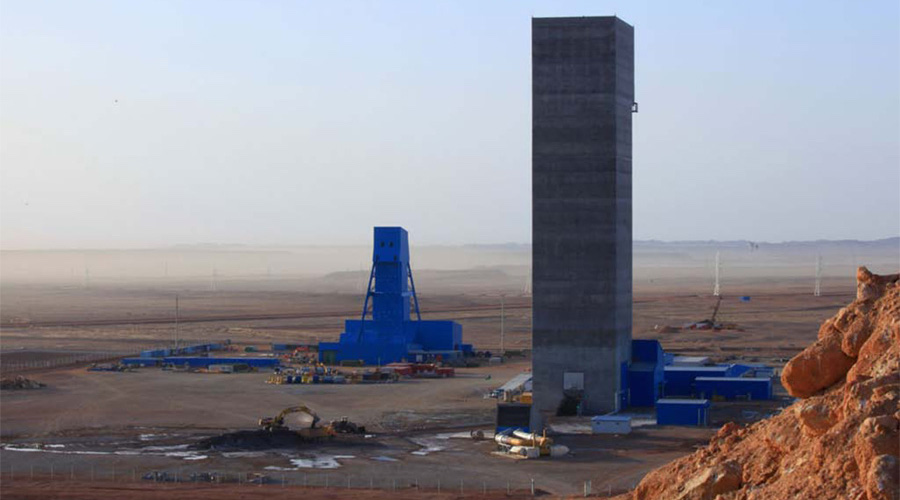
Canadian miner Turquoise Hill Resources on Wednesday beat estimates for first-quarter profit, helped by increased production of copper and gold at its Oyu Tolgoi mine in Mongolia and higher commodity prices.
However, the company cut its outlook for full-year gold and copper output to reflect modification of the mine design in Phase 4B and increased uncertainty resulting from covid-19 related controls now in place at the site.
Oyu Tolgoi is one of the world’s largest copper-gold-silver mines. Rio Tinto owns 51% of Turquoise Hill, which in turn owns 66% of the Oyu mine. The rest of the mine is owned by government of Mongolia.
Turquoise’s first-quarter copper production rose 29% to 45,449 tonnes and gold output increased by 461.5% to 145,656 ounces at Oyu Tolgoi, from last year.
Turquoise’s first-quarter copper production rose 29% to 45,449 tonnes and gold output increased by 461.5% to 145,656 ounces at Oyu Tolgoi, from last year
The company now sees full-year copper production between 150,000 tonnes and 180,000 tonnes, from its previous outlook of 160,000 tonnes to 180,000 tonnes.
It sees gold output for the full year between 400,000 ounces and 480,000 ounces, from previous outlook of 500,000 ounces to 550,000 ounces.
“The recent surge of covid-19 cases in Mongolia has resulted in increased precautionary measures that we expect will continue to impact open pit operations and the underground development through the second quarter,” interim Chief Executive Officer Steve Thibault said.
Oyu Tolgoi was already at the center of a protracted dispute between Turquoise and Rio Tinto, over funding for the underground expansion of the mine. The companies last month reached a binding agreement over the funding spat.
Turquoise’s March-quarter income attributable to owners of the company rose to $236.7 million, or $1.18 per share, from $45.2 million, or 22 cents per share, a year earlier.
Analysts on an average were expecting a profit of 70 cents per share, according to Refinitiv IBES.
(By Arunima Kumar; Editing by Shailesh Kuber)
Comments